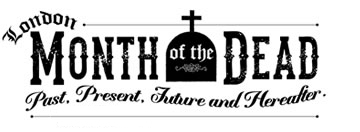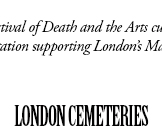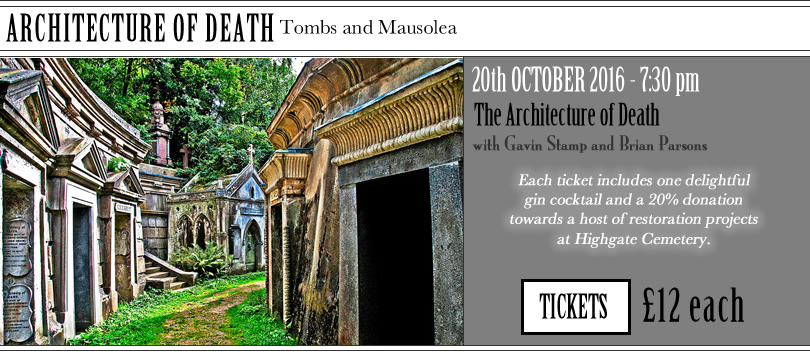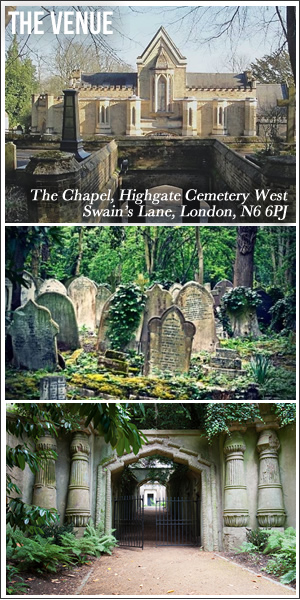THE ARCHITECTURE OF DEATH - Tombs and Mausolea
A salon in the cemetery with Gavin Stamp and Brian Parsons
Thursday 20th October - Doors at 7 pm
/ Salon begins at 7:30 pm
To be interred in a mausoleum seems to have been a posthumous status symbol for just about every autocratic ruler in history: from the original mausoleum of king Mausolus in Halicarnassus in the 4th Century BC - one of the Seven Wonders of the World - to the granite bunker in which Vladimir Ilych Lenin lies in state in Red Square in Moscow. Mausolea enjoyed particular popularity in Victorian times, which marked a golden age in the celebration of death. GAVIN STAMP discusses the place of the mausoleum in the Architecture of Death.
London’s burial capacity had to be rapidly expanded in the nineteenth century as the capital's population grew. The first raft of new cemeteries, dubbed the ‘Magnificent Seven’ was opened in locations such as Brompton, Kensal Green, Highgate and Abney Park by private companies, before being joined by various Burial Board (local authority) cemeteries. However, the need for new burial space continued into the twentieth century and remains with us today. BRIAN PARSONS will explore the somewhat overlooked cemeteries that opened in and around the capital from 1900.
Tickets £12 including a gin cocktail. Please click here to buy.
ABOUT THE SPEAKERS
Gavin Stamp is an architectural historian. He is an honorary professor at the Universities of Glasgow and Cambridge, and an honorary fellow of the Royal Incorporation of Architects in Scotland and the Royal Institute of British Architects. He has a long-standing interest in Victorian cemeteries and in war memorials. He is the author of "The Memorial to the Missing of the Somme", amongst other books.
Brian Parsons has worked in the funeral industry as a director and embalmer since 1982. He is the co-author (with Hugh Meller) of "London Cemeteries: An Illustrated Guide and Gazetteer". He is also the author of "Committed to the Cleansing Flame: The Development of Cremation in Nineteenth Century England and The Undertaker at work: 1900-1950." |



















